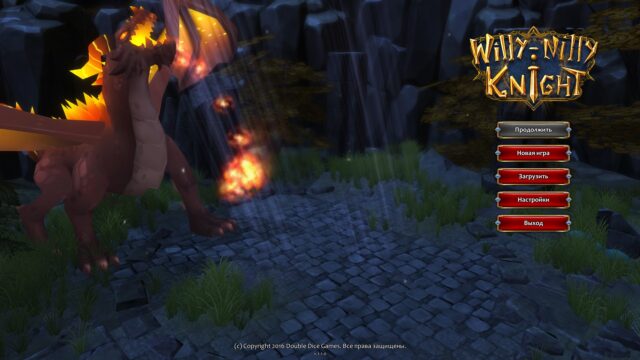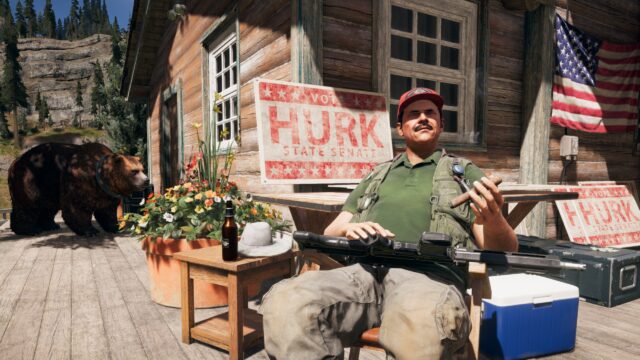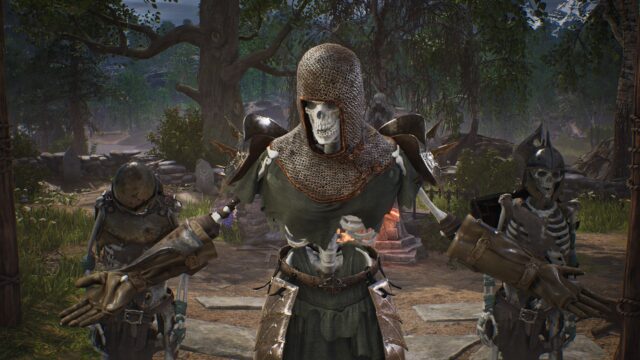Fire Emblem Warriors Review (Switch)

The well-known Warriors series, the one where Asians with big swords exterminate hordes of smaller Asians, has been into crossovers for quite some time. In its unique genre, there have already been numerous universes, from “One Piece” and “Gundam,” which have entire subcycles of games dedicated to them, to the beloved “Zelda,” which has spawned successful adaptations. Hyrule Warriors So the intention of Omega Force to transfer the immortal formula to another Nintendo creation, the Fire Emblem series, did not surprise anyone.
Rather, it intrigued. Because Fire Emblem is actually an RPG with an emphasis on tactical elements and has nothing to do with mindless fighting, so it was difficult to say for sure what to expect and whether to expect anything at all.
It turned out that the incompatible actually combines. The symbiosis turned out to be much more entertaining than usual, although it did not go without the traditional shortcomings.
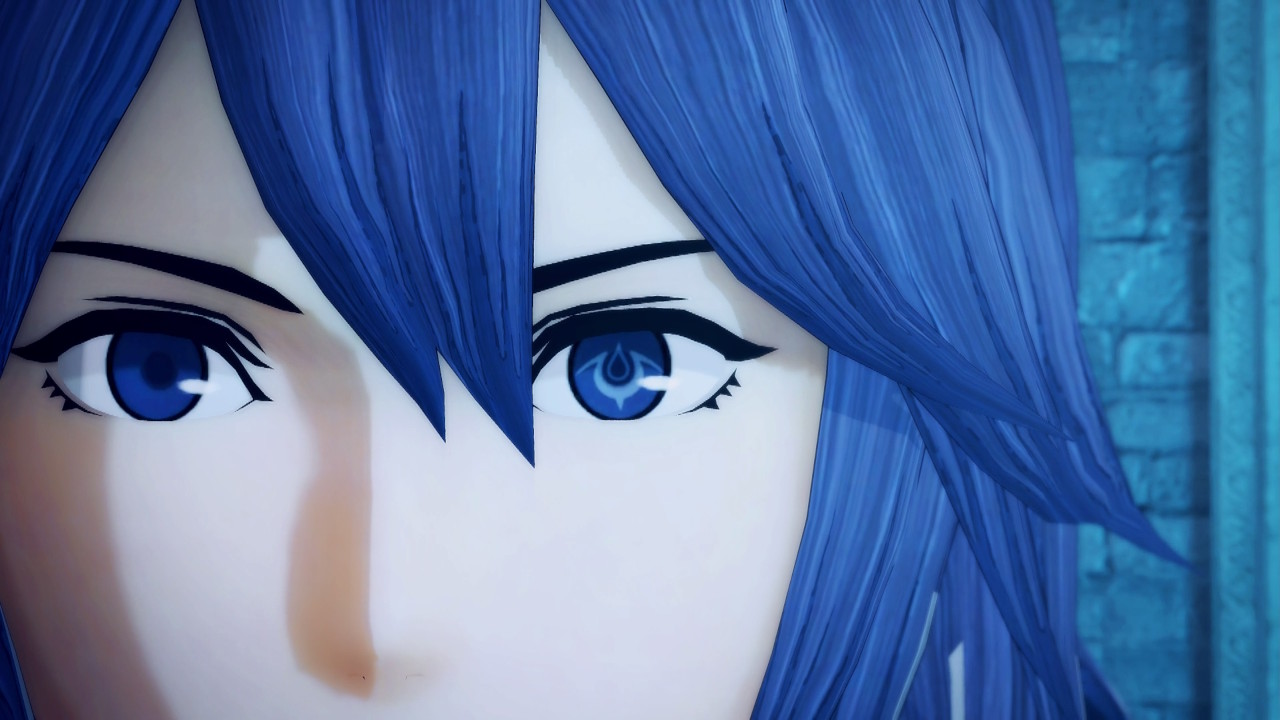
On this occasion, they even created a special crossover plot. It tells the story of Rowan and Lianna, twins from a royal dynasty, who are one day expelled from their home by an army of monsters. Now, in order to reclaim their kingdom, the heroes must embark on a long journey, gather all the famous Fire Emblem characters, and restore the legendary artifact.
Well, almost all the famous characters. The fan service in the game is very selective, so be prepared that you may not encounter your idols. The core characters from Awakening and Fates are present in more or less full capacity, while others are a bit more difficult. For example, from… Shadows of Valentia For some reason, only Selika migrated.
But yes, that’s the whole story. Considering that neither the numerous Warriors nor Fire Emblem have ever excelled in plot matters, it would be strange to expect a remarkable story from their hybrid. The new protagonists are rather pale personalities, and we mainly engage in knocking sense into all the characters in our path. Moreover, many of them are not villains at all, but just incredibly stubborn relatives of our fellow party members, with whom we only interact on the battlefield.
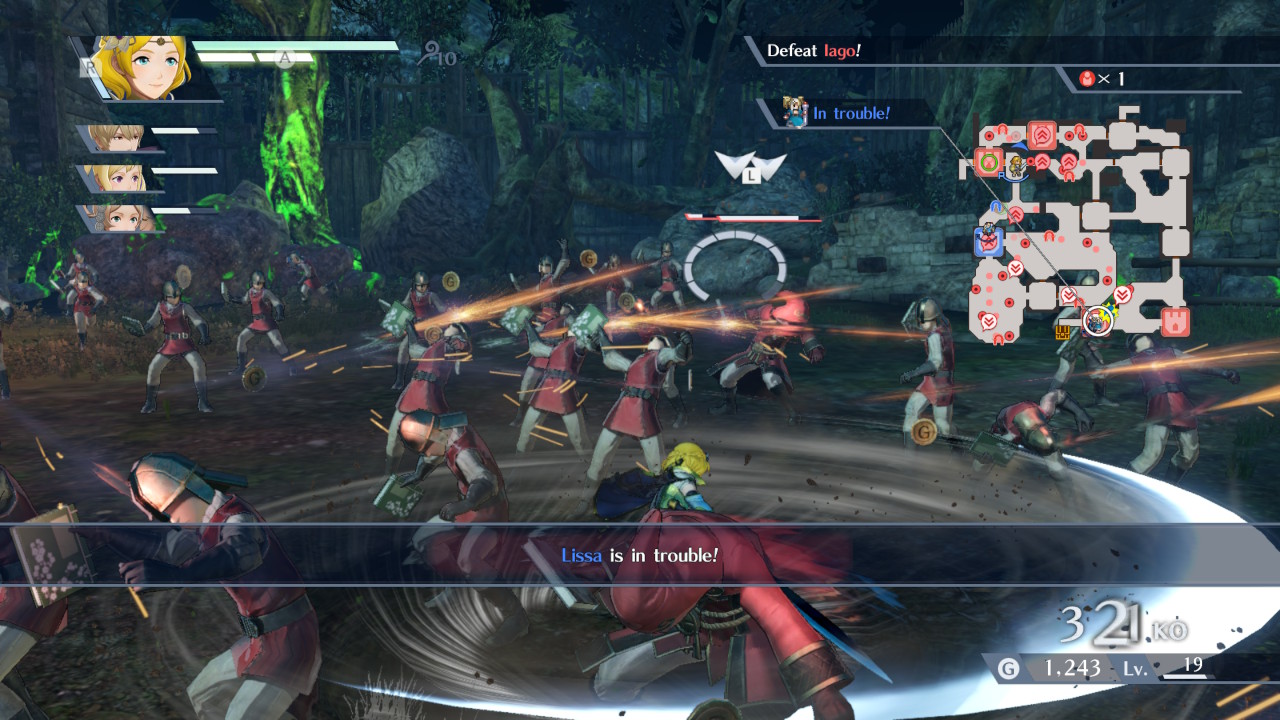
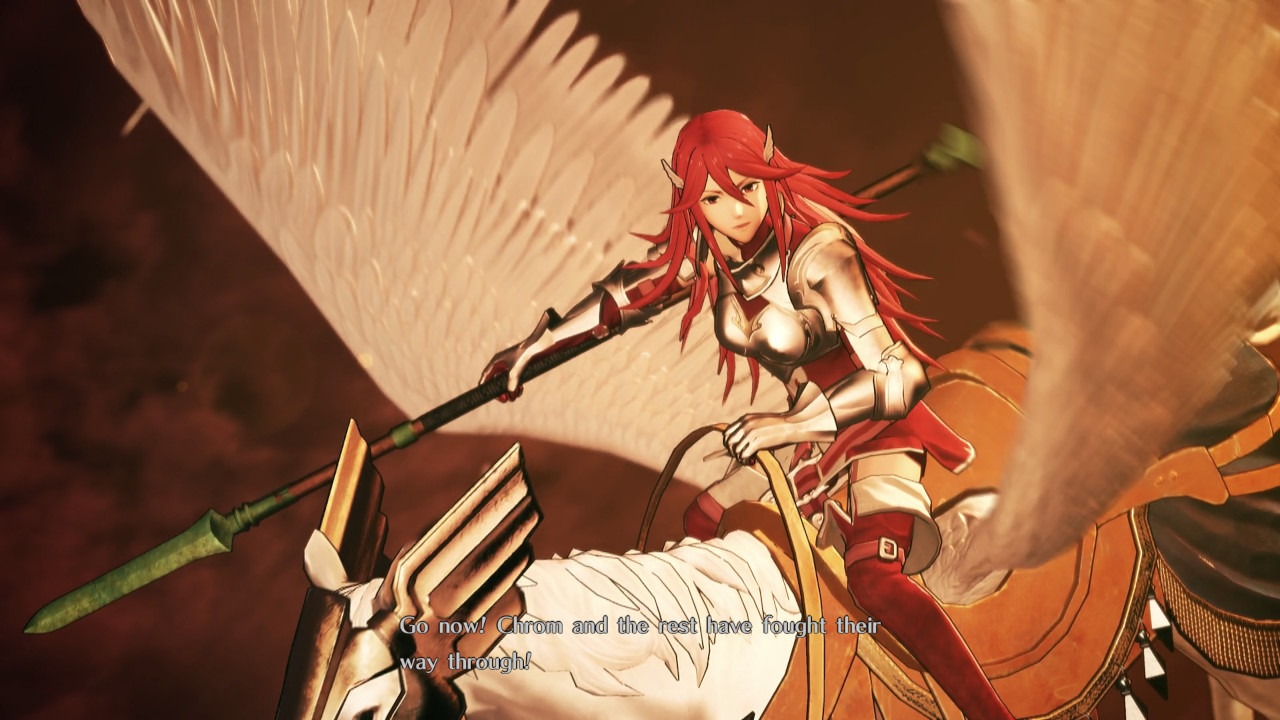
A good third of the battles in the game arise out of nothing. Enemies throw false accusations and, without giving time to explain, create a grand slaughterhouse from which the losers inevitably emerge. Then comes a moment of enlightenment and “oh god, how wrong I was,” after which everyone happily marches on, leaving behind a trail of thousands of dead soldiers. That’s how we live.
Nevertheless, as a driving force, it works. Motivation is lacking in every other person, cutscenes often come down to typical anime-style showing off with weapons, the (real) antagonists widen their eyes in a stereotypical “mwahaha!” – but we constantly move forward, replenish the roster, and most importantly, fight non-stop.
Like in any other Warriors game, the battles here are massive and dynamic. From the very first minutes, we are released onto spacious maps, filled to the brim with various enemy “small fry,” plowing through their ranks is the main entertainment alongside capturing garrisons. An extensive list of combo attacks and mass fatalities, contributing to the visual variety of genocide, is included.
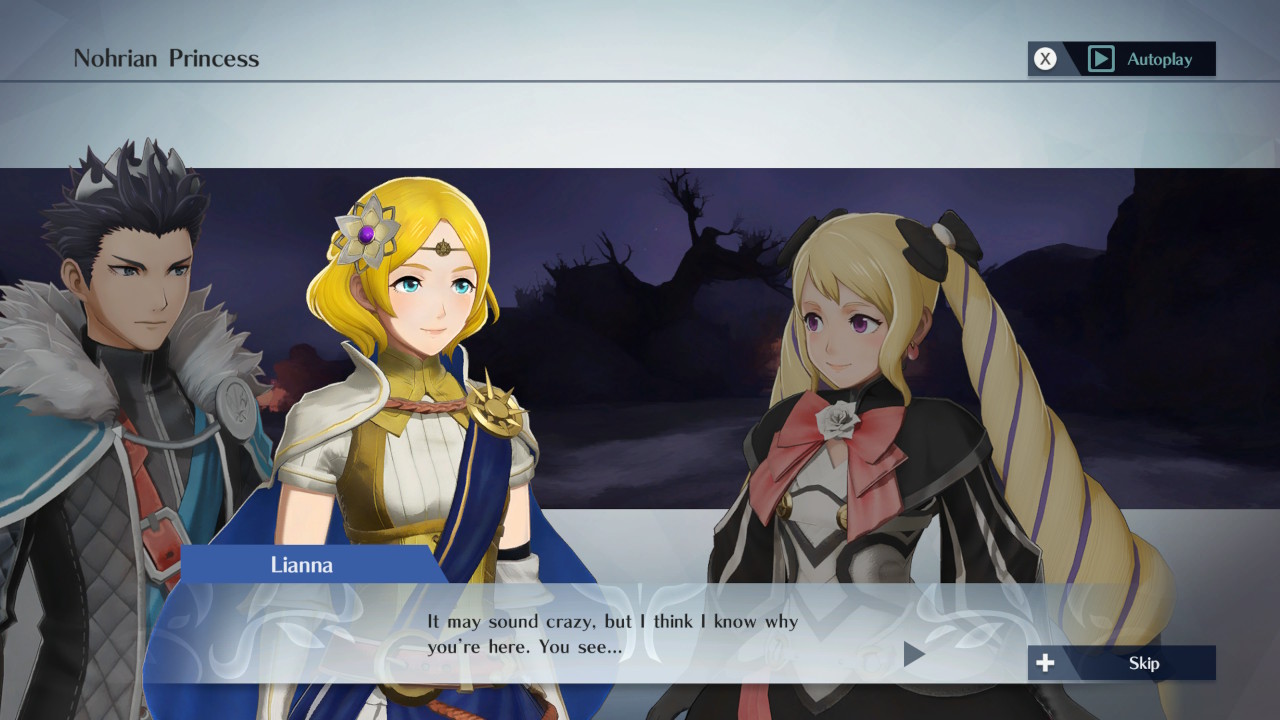
The visual novel inserts loosely connect the events into a single chain.
But this is only the foundation on which Fire Emblem builds its familiar strategy. Several characters participate in battle, which can be controlled in three ways: determining their behavior model before the fight, giving specific orders during the process, and directly playing as them. The latter is especially important, considering that each ward has unique abilities and occupies their place in the signature weapon triangle. This is, if anything, “rock-paper-scissors,” but with axes, spears, and swords, respectively.
Also, the heroes can pair up, forming a kind of fighting duo consisting of a frontliner and a support. The feature, honestly, is a bit cheaty – such a “two-in-one” set usually finds no obstacles challenging, if you get the hang of switching roles in time.
Plus, of course, leveling up, upgrades, skills, and other joys of living with a role-playing game. Sorting and disposing of dropped trash is a specific Japanese activity, but in general, it never takes more time than you want. Enthusiasts of high difficulty and weapon forging have all the roads open here, while others can limit themselves to the automatic optimization button for equipment.
If you understand all of this properly, Fire Emblem Warriors guarantees to captivate you for several hours. First, mindlessly slicing through thousands of enemies, then – with a more or less coherent tactic and the challenge associated with it. The further into the forest, the wider the scope for action, the more difficult the conditions, and… the more cluttered the screen.
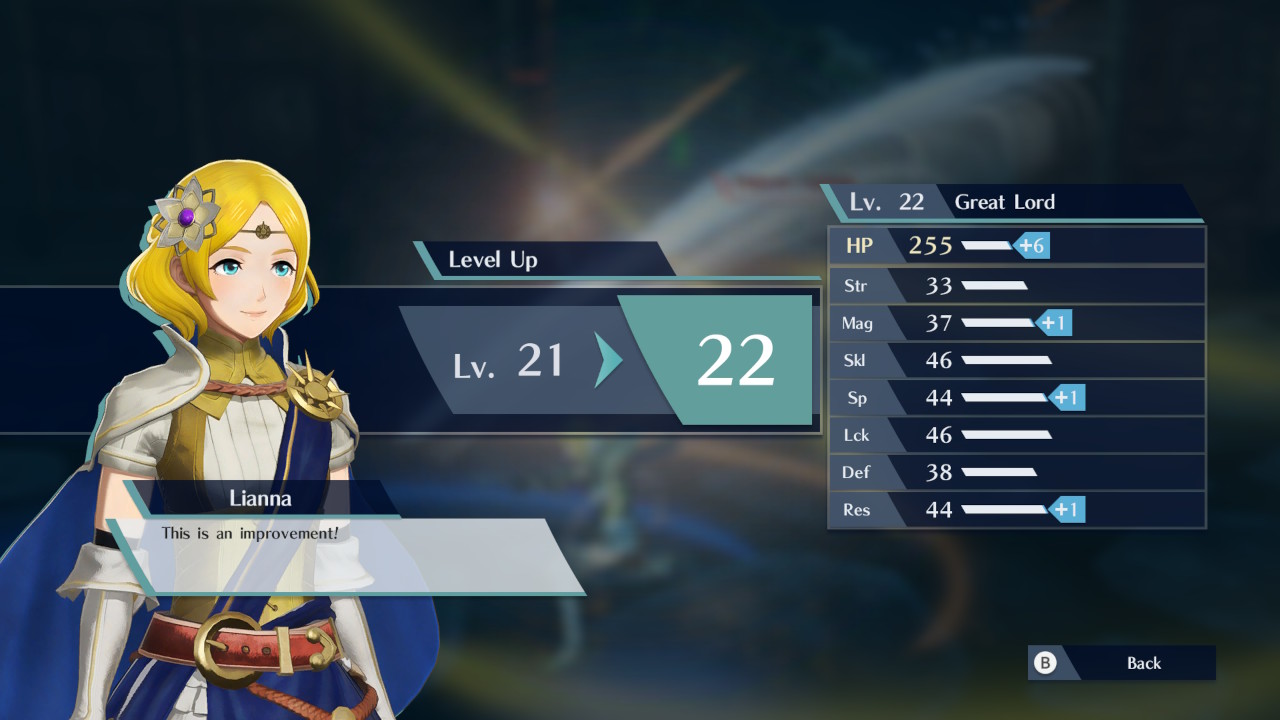
Let the nitpicking not be the most popular, but the game has very strange notions of urgency. Whatever happens in it, it pushes you always and everywhere. IMMEDIATELY defend the fort! HELP your comrade RIGHT NOW! QUICKLY complete the objective! HURRY, destroy the reinforcement! RUN, COME ON! A-A-A!1
At first, you conscientiously respond to these distress signals, but more often than not, it turns out that if the problem didn’t resolve itself, it is not at least a priority. The fort could have been attacked by one and a half cripples, lost in the corner of the map, and one ally copes perfectly fine, while you were distracted from completing the objective. Of course, when it comes to strategy, being well-informed is never excessive – but the local interface blinks, pulsates, and beeps like 12 faulty alarm clocks for the slightest reasons.
In the later chapters, when the battlefields become noticeably larger and a lot is really happening on them, you learn to ignore hysterical notifications and assess the situation through the pause menu. Manually checking the health of the squad, what everyone is busy with, where the enemies are, and who, actually, should come to help. This skill is undoubtedly useful, but it doesn’t go very well with the overall dynamics of what is happening.


And yet the main drawback of all Warriors games, monotony, remains here as well. The crossover with Fire Emblem significantly expands the number of control levers for the primitive slasher, but it doesn’t help to sustain interest until the very end. The essence of holding points is faithfully repeated from mission to mission, and there aren’t many variations of enemies or even weapons to surprise and fuel interest. The feeling of novelty fades away somewhere in the middle of the game, leaving only the taste of old-fashioned grinding.
And since we started criticizing, the graphics component is not outstanding either. After The Legend of Zelda: Breath of the Wild and recent Super Mario Odyssey It is hard to believe that the developers fully utilized the potential of the Switch. To be fair, the character detail and special effects did not disappoint, so the game still has its beautiful moments. Especially in the cutscenes, where the Japanese passion for various flashes and beams is embodied in the best way.
However, for the most part, Fire Emblem Warriors balances on the edge of acceptability. Scary deserts instead of maps, environments covered in blurry textures, and enemy sprites appearing half a meter from the camera – this is not quite up to the standards of 2017. If not in purely technical terms, then at least in terms of execution and visual polish.

On the other hand, the ability to switch rendering modes on the fly came in handy. By default, the game runs in 1080p at 30 frames per second in docked mode, but you can achieve the coveted 60 FPS by lowering the resolution to 720p. As mentioned before, the graphics in Fire Emblem Warriors are far from stunning, so sacrificing some visual quality for performance is not very noticeable. At least, you get used to the slight blurriness faster than expected.
* * *
Despite all that has been said, Fire Emblem Warriors is probably the best among its kind. This lively slasher with a clever strategic aspect quickly becomes tiresome, but spending an evening or two mastering it is not a bad idea.
And it’s quite good for portable entertainment. However, in order to play it on the go, Buying a Switch is not necessary at all..
Share
Discuss
More Reviews


